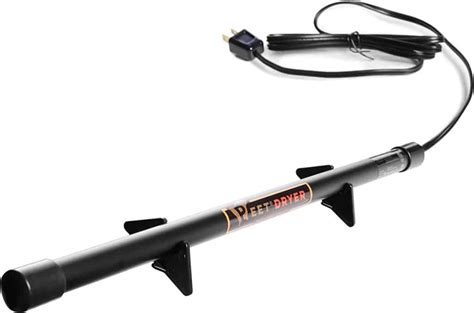How Hot Is A Bullet
Ronan Farrow
Apr 04, 2025 · 2 min read

Table of Contents
How Hot Is a Bullet? Understanding the Heat Generated During Firing
The question "how hot is a bullet?" isn't as straightforward as it seems. A bullet itself doesn't possess inherent heat before firing. The heat is generated during the firing process, and the temperature varies significantly depending on several factors. Let's delve into the specifics.
Factors Affecting Bullet Temperature
Several factors influence the temperature of a bullet after firing:
1. Caliber and Cartridge:
Larger caliber rounds and cartridges with more powerful propellants generally produce higher temperatures. The increased propellant charge generates more heat during combustion. Think of it like a bonfire – a larger pile of wood will produce a more intense and hotter fire.
2. Propellant Type:
Different propellant types have different burning rates and energy outputs. Some propellants generate more heat than others, directly influencing the bullet's temperature.
3. Barrel Length:
A longer barrel allows for more complete combustion of the propellant. This more efficient burning leads to higher bullet velocities and, consequently, higher temperatures. A shorter barrel may leave some propellant unburned, resulting in lower temperatures.
4. Friction:
As the bullet travels down the barrel, it experiences significant friction. This friction converts some of the kinetic energy into heat, increasing the bullet's temperature. The tighter the barrel's rifling (the grooves that spin the bullet), the higher the friction, and thus the higher the temperature.
5. Environmental Conditions:
While less significant than the other factors, environmental conditions like air temperature and humidity can have a minor impact on the overall heat generated.
The Temperature Range: A Difficult Measurement
Precisely measuring the temperature of a bullet immediately after firing is challenging. It's incredibly fast-moving, and the heat dissipates rapidly. However, estimations place the temperature at several hundred degrees Celsius (or Fahrenheit), potentially reaching over 1000°F (538°C) in some cases. This extreme heat is a major factor in the destructive power of a bullet.
Beyond the Initial Heat: The Impact
It's also important to remember that the initial heat is not the only factor determining a bullet's destructive potential. The bullet's kinetic energy, its velocity, and its design are equally critical in causing damage upon impact. The heat generated contributes to the overall effect, but it's not the primary destructive agent.
Conclusion: It's Hot, But It's Complex
While we can't pinpoint an exact temperature, it's clear that a bullet fired from a firearm reaches extremely high temperatures. This heat, combined with the bullet's velocity and kinetic energy, contributes significantly to its destructive power. The factors influencing this temperature make it a complex issue with no single, simple answer.
Featured Posts
Also read the following articles
| Article Title | Date |
|---|---|
| How Hard Is It To Learn To Sail | Apr 04, 2025 |
| How Do You Become A Professional Bowler | Apr 04, 2025 |
| How Do You Get A Genetic Methylation Test | Apr 04, 2025 |
| How Does Gravel Help With Drainage | Apr 04, 2025 |
| How He Loves Us Sheet Music | Apr 04, 2025 |
Latest Posts
-
How Long After Impressions To Get Dentures
Apr 05, 2025
-
How Long After Hydrafacial Can I Wear Makeup
Apr 05, 2025
-
How Long After Gum Graft Can I Exercise
Apr 05, 2025
-
How Long After Goat Loses Ligaments
Apr 05, 2025
-
How Long After Giving Birth Can You Get A Wax
Apr 05, 2025
Thank you for visiting our website which covers about How Hot Is A Bullet . We hope the information provided has been useful to you. Feel free to contact us if you have any questions or need further assistance. See you next time and don't miss to bookmark.
